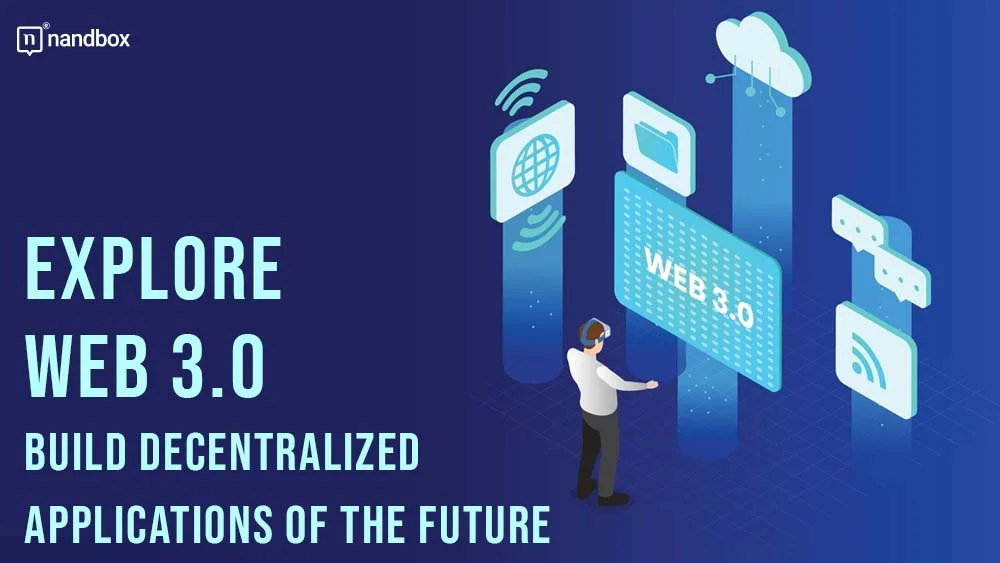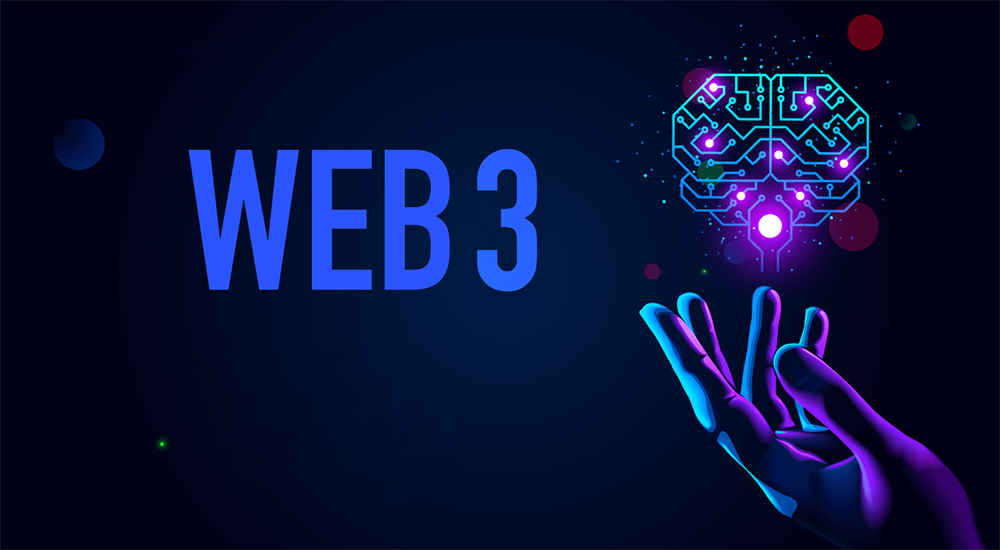Exploring Web3: Building Decentralized Applications of the Future
Web3 is revolutionizing the way we interact with the internet, making it decentralized and user-centric in applications. While Web2 heavily relies on central servers and platforms, Web3 utilizes blockchain technology, smart contracts, and decentralized networks to deliver a much more secure, transparent, and user-driven experience.
What is Web3?
Web3 is the third generation of the internet, which is based on the following principles:- Decentralization: Data and applications are hosted across a distributed network of nodes, removing the reliance on a single central authority.
- Trustless Interactions: Smart contracts enable trustless transactions, where intermediaries can be done away with.
- Ownership: The users own all their data, digital assets, and online identities.
Key Elements of Web3:-
- Blockchain technology- a distributed ledger that provides a transparent and unalterable platform.
- Smart Contracts: Self-executing contracts coded with predefined rules.
- Decentralized Applications: Applications run from a blockchain network rather than servers.
- Cryptocurrency: Native economies that power Web3 ecosystems. They enable peer-to-peer transactions.
Why Build Decentralized Applications?
- Enhanced Security: No central point of failure makes it tougher for hacks or breaches in the dApps.
- Transparency: The blockchain ledger is publicly accessible, ensuring trust and accountability.
- Censorship Resistance: dApps are censorship-resistant by governments or corporations.
- Global Accessibility: dApps are deployed on a permissionless network and, therefore, accessible worldwide.
How to Build a Web3 dApp
- Select a Blockchain: Decide on a blockchain like Ethereum, Binance Smart Chain, or Solana to deploy the code.
- Learn Smart Contract Programming: Solidity (Ethereum), Rust (Solana), and Vyper are popular choices.
- Develop the Backend: Write and deploy your smart contracts on the blockchain.
- Make Front End: Using technologies like Web3.js or Ethers.js to create user-facing interfaces which in turn interacts with your smart contract.
- Test and Deploy: Use testnets to debug the functionality of the dApp before it is deployed to the mainnet.
Future of Web3
The adoption of Web3 technologies is massive, with use cases in finance, gaming, supply chain, and so on. As the ecosystem matures, those tools will be built or developed to address the current limitations - better consensus mechanisms, user-friendly interfaces, and Layer 2 solutions - to make Web3 a cornerstone for the digital future.



Comments
Post a Comment